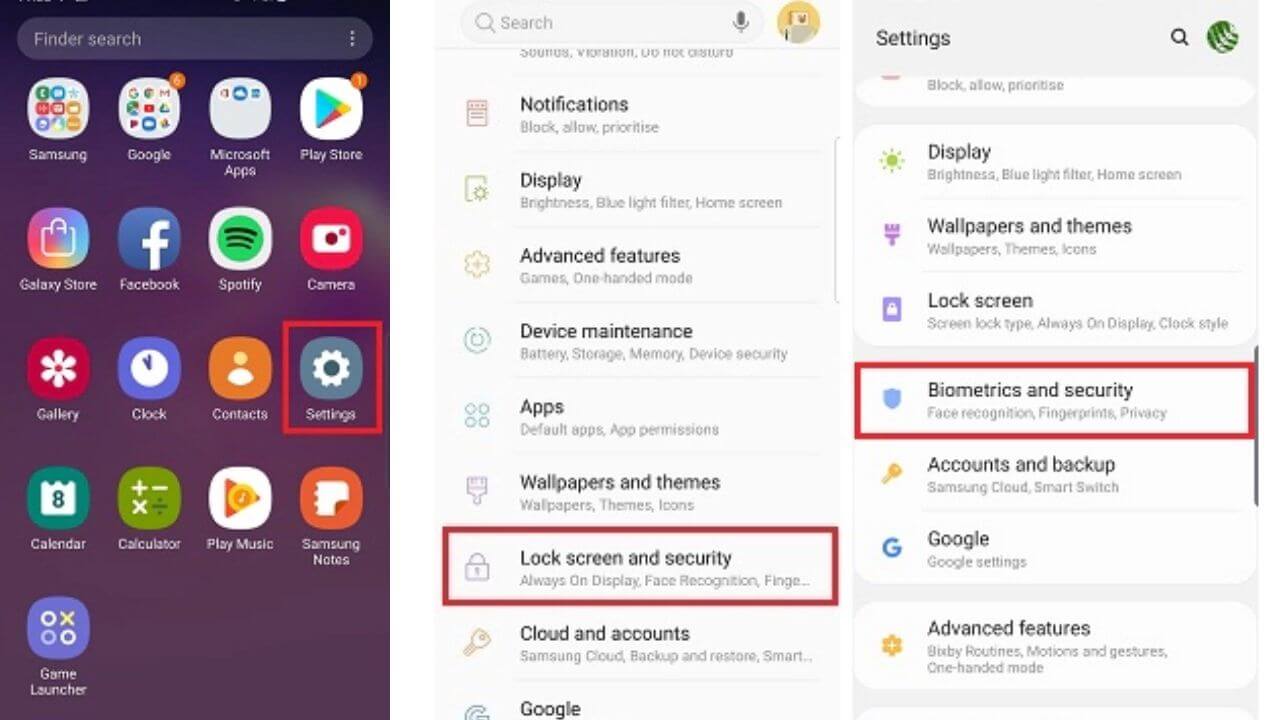

mkisofs assigns weightings to each filename, and if two names that are otherwise the same are found the name with the lower priority is renamed to have a 3 digit number as an extension (where the number is guaranteed to be unique). mkisofs generally tries to form correct names by forcing the UNIX filename to upper case and truncating as required, but often times this yields unsatisfactory results when there are cases where the truncated names are not all unique. This filename is used on systems that are not able to make use of the Rock Ridge extensions (such as MS-DOS), and each filename in each directory must be different from the other filenames in the same directory. Mkisofs takes a snapshot of a given directory tree, and generates a binary image which will correspond to an ISO-9660 or Joliet/HFS/UDF filesystem when written to a block device.Įach file written to the ISO-9660 filesystem must have a filename in the 8.3 format (8 characters, period, 3 characters, all upper case), even if Rock Ridge attributes are in use. See the HFS MACINTOSH FILE FORMATS section below. These extensions provide each file with CREATOR, TYPE and certain Finder Flags when accessed from a Macintosh.
#Netatalk hide folder mac os#
HFS stands for Hierarchical File System and is the native file system used on Macintosh computers up to Mac OS 9.Īs an alternative, mkisofs can generate the "Apple Extensions to ISO-9660 or UDF for each file. The same files are seen as HFS files when accessed from a Macintosh and as ISO-9660 files when accessed from other machines. Mkisofs can generate a true (or shared) HFS hybrid filesystem. It will generate a pure ISO-9660 filesystem unless the Joliet, HFS or UDF hybrid command line options are given. The file content in this case refers to the same data blocks on the media. If Joliet, HFS or UDF hybrid command line options are specified, mkisofs will create additional separate filesystem meta data for Joliet, HFS or UDF. This is used to further describe the files in the ISO-9660 filesystem to a UNIX host, and provides information such as longer filenames, uid/gid, posix permissions, symbolic links, hard links, block and character devices. Mkisofs is capable of generating the "System Use Sharing Protocol records (SUSP) specified by the "Rock Ridge Interchange Protocol. If a HFS hybrid is created, the maximum file size for files in the HFS hybrid is 2 GB in any case. If you like to have files larger than 2 GB, you need to specify -iso-level 3 or above. The maximum size of a single file is 8 TB (single files in UDF are currently limited to aprox. ISO-9660/JOLIET/UDF filesystems are limited to a maximum size of 8 TB. You should now see your volume in Time Machine Preferences under “Select Disk…”.Mkisofs is effectively a pre-mastering program to generate an ISO-9660/JOLIET/HFS/UDF hybrid filesystem. defaults write TMShowUnsupportedNetworkVolumes 1 Now set your OSX installation so it sees unsigned time machine volumes. etc/init.d/avahi-daemon restartĪnd restart netatalk /etc/init.d/netatalk restart Now that things are configured we need to restart avahi. var/timemachine TimeMachine allow:joe cnidscheme:dbd options:usedots,upriv,tm # By default all users have access to their home directories. Now mark the volume saying it is a supported time machine share: touch /var/timemachine/.ĭefine a volume in /etc/netatalk/fault with the allowed user, usedots to support hidden files, uprivs for afp3 privileges that osx lion needs, and tm to enable time machine support. Make a directory to store your time machine data: mkdir /var/timemachine So I will post those packages I backported to stable for this.Īfter you’ve installed the packages create a service group by creating /etc/avahi/services/rvice and adding the contents below: (this might not be necessary with netatalk 2.2) But there was a small problem due to a netatalk make bug that debian’s package didn’t account for.
#Netatalk hide folder install#
Also, rather than install things from source I like to use debian packages to keep servers clean.

After seeing a variety of other examples out there on the net and getting a little confused as to why they were doing certain things I decided to just post how I did it. Turns out I could but if you’re using Debian stable like me you need to get at netatalk 2.2.x before it’ll work with OSX Lion 10.7.x. After going to the Apple Store with a friend and seeing the $300+ Apple Time Capsule I decided to see if I could do the same thing with Netatalk.


 0 kommentar(er)
0 kommentar(er)
